German physicist Wilhelm Conrad Röntgen discovered X-rays, the radiation that makes it possible to see through matter.
Röntgen was born in Lennep, a city in western Germany, on March 27, 1845. At 24 he earned a degree in Mechanical Engineering in Zurich, Switzerland. In 1888, he became a professor of physics at the German university of Wurzburg.
On November 8, 1895, Röntgen used a Crookes ray tube to conduct his decisive experiment.
A Crookes ray tube is a transparent container that has been emptied of air, creating a vacuum. When electricity passes through it, the electrical charge releases luminous radiation, lighting up the tube.
Röntgen wanted to find out whether or not the Crookes ray tube gave off other types of radiation as well.
In a darkened room, he covered the tube with black cardboard in order to block out all visible light. Then he placed the tube next to a sheet of paper covered in fluorescent liquid, in other words a substance capable of lighting up instantly when struck by radiation. The sheet of paper lit up, proving that the Crookes ray tube was emitting something else, something more than just luminous radiation.
When Röntgen put his hand in front of the Crookes tube, the shape of his bones appeared on the sheet of paper.
Not knowing much about the exact nature of the radiations, Röntgen decided to call them X-rays, after the letter X, representing the unknown quantity in mathematical equations.
Röntgen was able to ascertain that X-rays could penetrate most substances, but not everything. For example, bones and a number of metals remained impenetrable. Using X-rays, Röntgen took a photograph of his wife’s hand. The result was an image in which only the highest-density elements were visible: the bones and a ring on her middle finger.
It was the first X-ray image in history. On December 28, 1895, Röntgen officially announced his discovery. The news traveled around the world.
In 1901, in Stockholm, Nobel prizes were awarded for the first time to individuals who had distinguished themselves in the arts, humanities and sciences. Röntgen was the first scientist to win the Nobel Prize in Physics. The award included a sum of money equivalent to 50,000 Swedish Kronor, all of which Röntgen donated to the university where he worked.
Röntgen also refused to take out a patent for X-rays, insisting that his discovery belonged to the human race. He even opposed the idea of naming the rays after him.
Röntgen died in Munich, Germany, on February 10, 1923. He was 77. X-rays would become widely used in medicine. A chemical element was later named roentgenium in his honor.
Röntgen was born in Lennep, a city in western Germany, on March 27, 1845. At 24 he earned a degree in Mechanical Engineering in Zurich, Switzerland. In 1888, he became a professor of physics at the German university of Wurzburg.
On November 8, 1895, Röntgen used a Crookes ray tube to conduct his decisive experiment.
A Crookes ray tube is a transparent container that has been emptied of air, creating a vacuum. When electricity passes through it, the electrical charge releases luminous radiation, lighting up the tube.
Röntgen wanted to find out whether or not the Crookes ray tube gave off other types of radiation as well.
In a darkened room, he covered the tube with black cardboard in order to block out all visible light. Then he placed the tube next to a sheet of paper covered in fluorescent liquid, in other words a substance capable of lighting up instantly when struck by radiation. The sheet of paper lit up, proving that the Crookes ray tube was emitting something else, something more than just luminous radiation.
When Röntgen put his hand in front of the Crookes tube, the shape of his bones appeared on the sheet of paper.
Not knowing much about the exact nature of the radiations, Röntgen decided to call them X-rays, after the letter X, representing the unknown quantity in mathematical equations.
Röntgen was able to ascertain that X-rays could penetrate most substances, but not everything. For example, bones and a number of metals remained impenetrable. Using X-rays, Röntgen took a photograph of his wife’s hand. The result was an image in which only the highest-density elements were visible: the bones and a ring on her middle finger.
It was the first X-ray image in history. On December 28, 1895, Röntgen officially announced his discovery. The news traveled around the world.
In 1901, in Stockholm, Nobel prizes were awarded for the first time to individuals who had distinguished themselves in the arts, humanities and sciences. Röntgen was the first scientist to win the Nobel Prize in Physics. The award included a sum of money equivalent to 50,000 Swedish Kronor, all of which Röntgen donated to the university where he worked.
Röntgen also refused to take out a patent for X-rays, insisting that his discovery belonged to the human race. He even opposed the idea of naming the rays after him.
Röntgen died in Munich, Germany, on February 10, 1923. He was 77. X-rays would become widely used in medicine. A chemical element was later named roentgenium in his honor.
RELATED
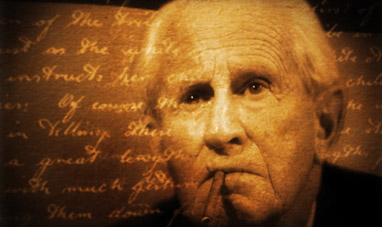

HERBERT MARCUSE
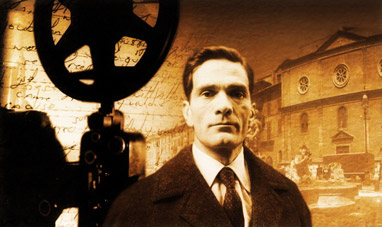

PIER PAOLO PASOLINI
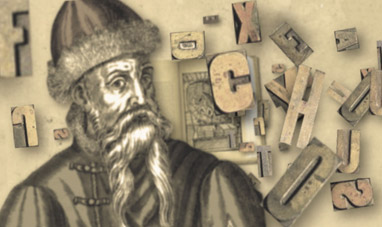

JOHANNES GUTENBERG
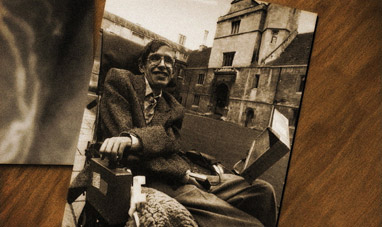

STEPHEN HAWKING
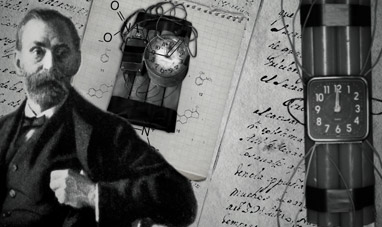

ALFRED NOBEL
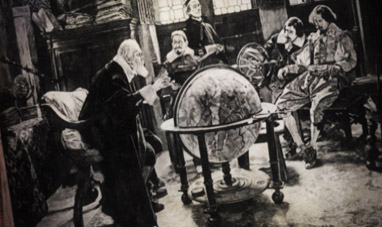

GALILEO GALILEI
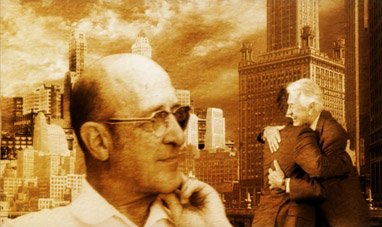

CARL ROGERS
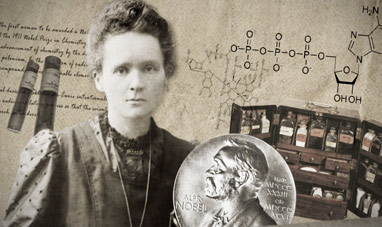

MARIE CURIE
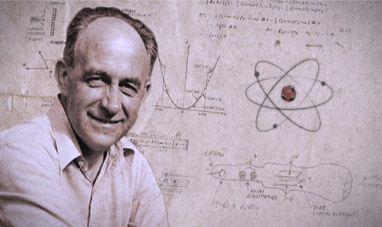

ENRICO FERMI
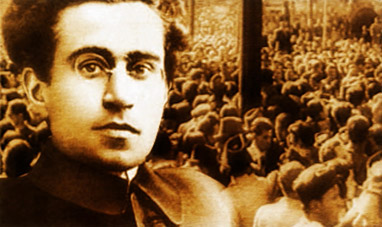

ANTONIO GRAMSCI


ISAAC NEWTON
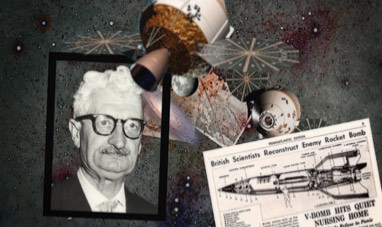

WERNHER VON BRAUN


JOHN MAYNARD KEYNES
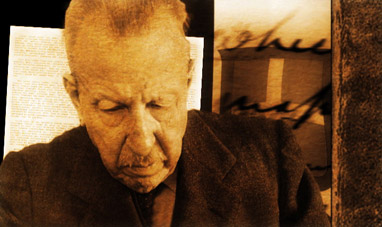

BENEDETTO CROCE
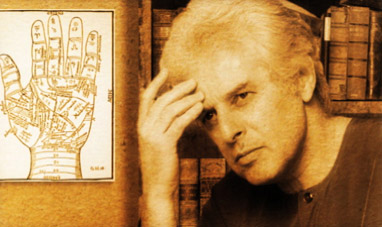

ALEJANDRO JODOROWSKY


THE LUMIÈRE BROTHERS
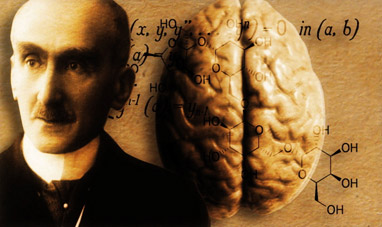

HENRI BERGSON


THE MONTGOLFIER BROTHERS
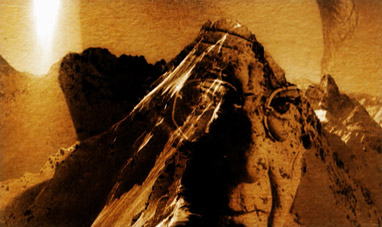

ERICH FROMM
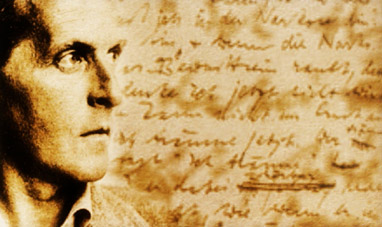

LUDWIG WITTGENSTEIN


EDMUND HALLEY
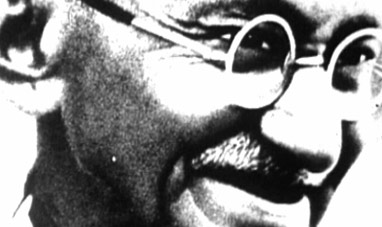

GANDHI


YASSER ARAFAT
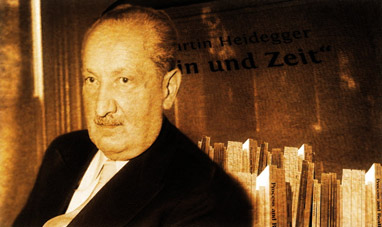

MARTIN HEIDEGGER
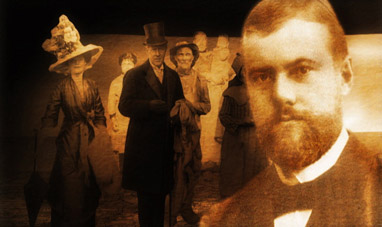

MAX WEBER
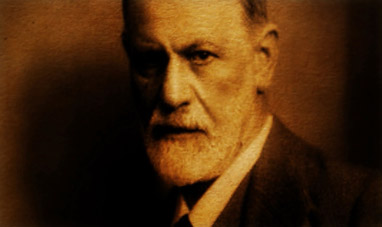

SIGMUND FREUD
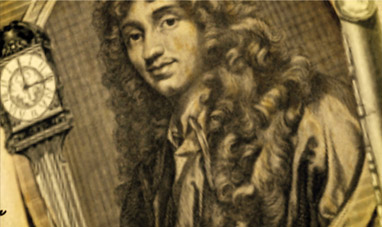

CHRISTIAAN HUYGENS
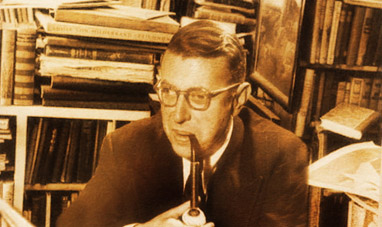

JEAN PAUL SARTRE


GALEN
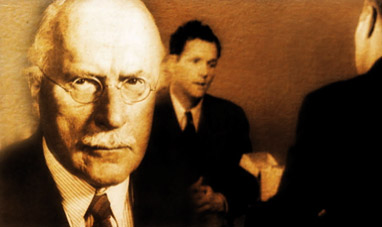

CARL GUSTAV JUNG
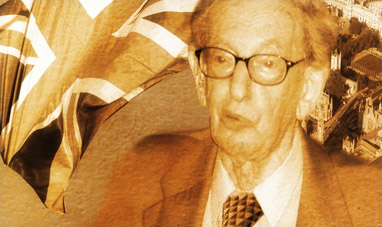

ERIC HOBSBAWM


JOHANNES KEPLER


EDMUND GUSTAV ALBRECHT HUSSERL
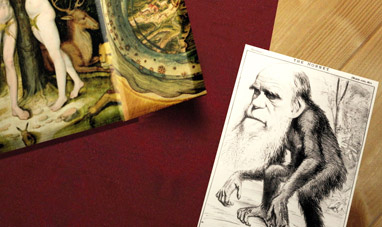

CHARLES DARWIN


KARL JASPERS
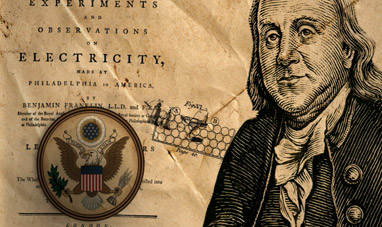

BENJAMIN FRANKLIN
